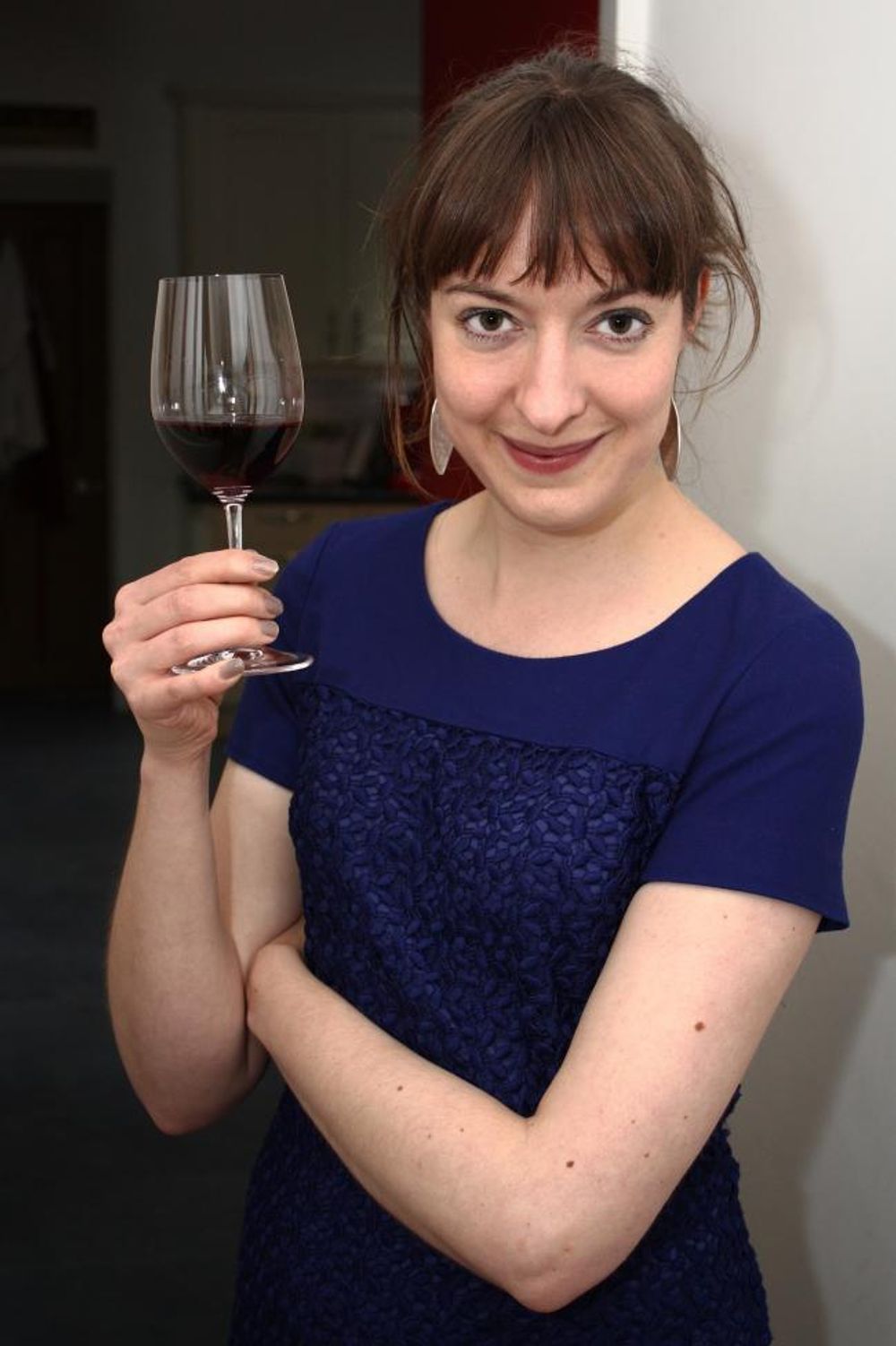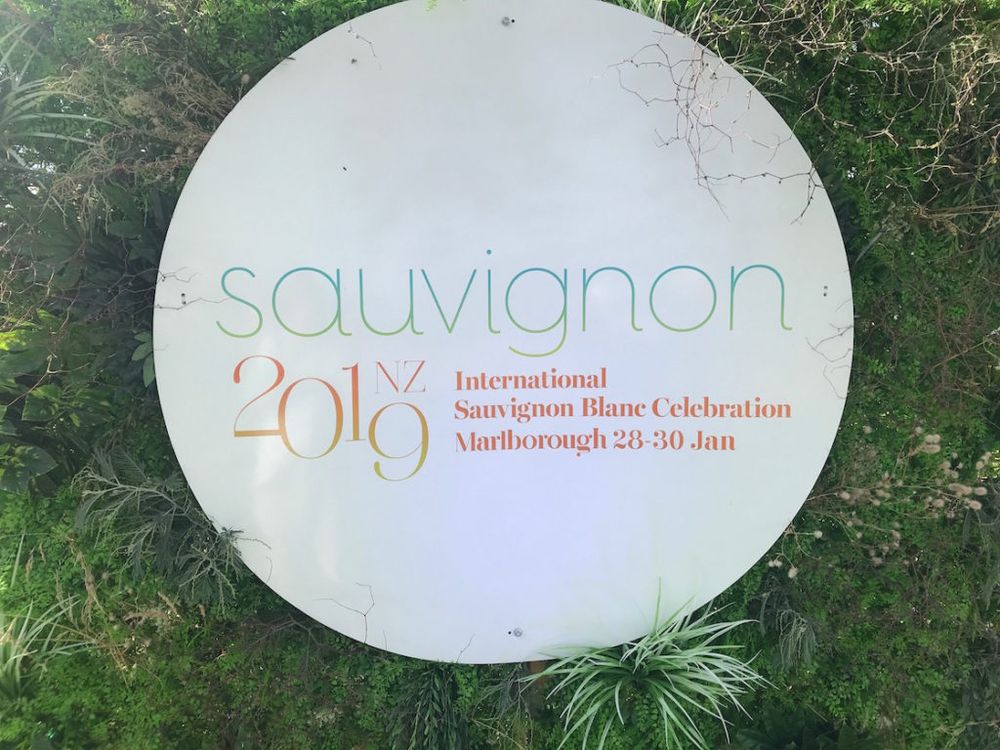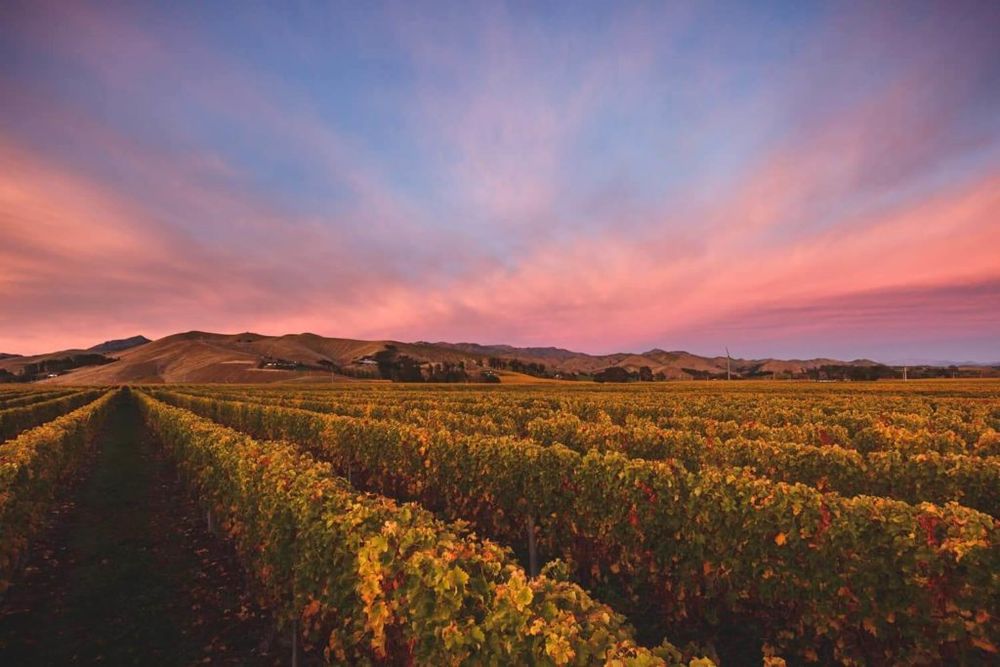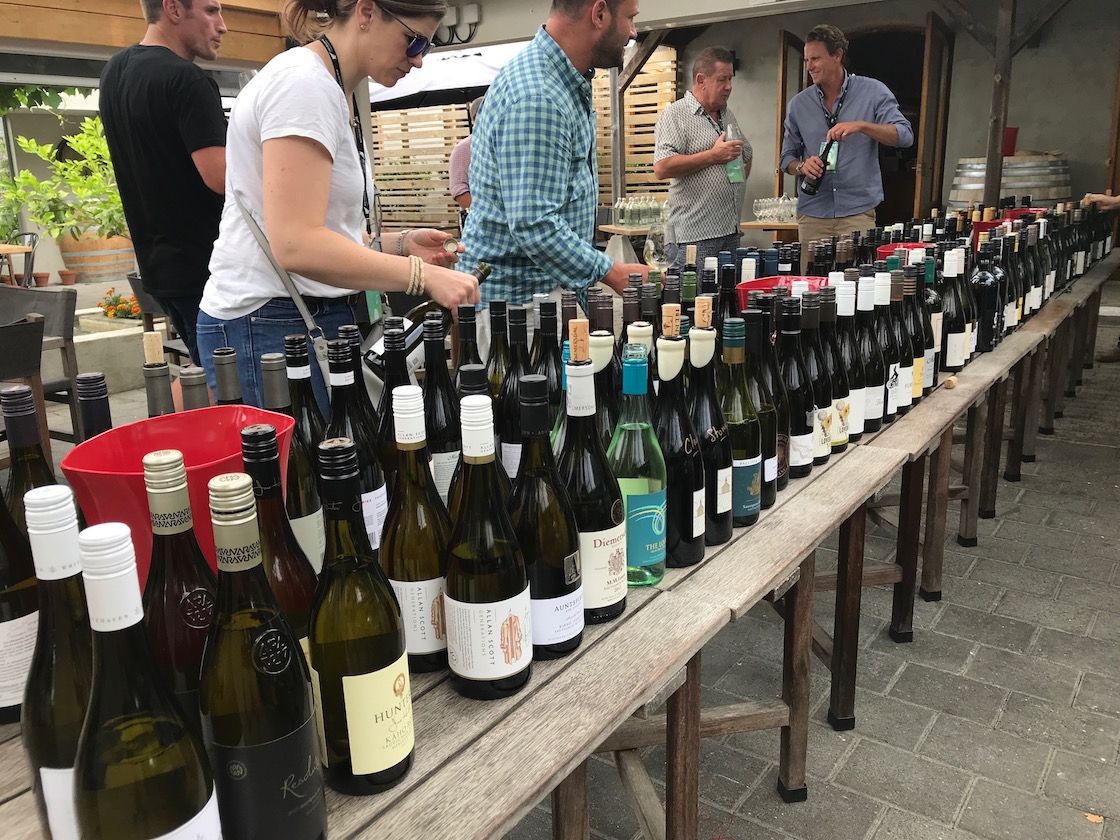The four styles of Marlborough Sauvignon Blanc in the study are Tropical, Herbaceous, Citrus and Barrel-fermented. But which do customers like the most and like the least?
Marlborough can make a plausible claim to being the home of Sauvignon Blanc. Since the first vines were planted in this region in 1973, it has grown to 27 000 hectares largely on the back of the success of the unique, bright, aromatic and exotic Marlborough style of Sauvignon Blanc. While the Loire Valley of France is Sauvignon’s original birthplace, it is only recently that they have been putting the name of the grape on the label, and this is usually for their less ambitious wines. It is New Zealand that has made Sauvignon Blanc famous.

Making four distinct varieties of Sauvignon Blanc: Sarah Benson, a wine buyer at the Co-Op
Marlborough is a big region, though, and its different subregions make wines that can be distinctively different. While these differences are acknowledged by winemakers within the region, they haven’t yet entered public consciousness. A recent study carried out by MW candidate Sarah Benson, who is a wine buyer for the Co-Op, set out to investigate how consumers and journalists in the UK – a very important export market for these wines (41% of exports by volume, 49% by value) – responded to different styles of Marlborough Sauvignon, whether the origin is subregional, or through winemaker intent.
Working with major Marlborough winery Saint Clair Family Estate and yeast company Lallemand, Benson set out to make four distinctive styles of Marlborough Sauvignon, which were labelled Tropical, Citrus, Barrel and Herbaceous. This was done by selecting specific vineyard sources that Saint Clair had access to, and also by use of different winemaking protocols, yeasts and yeast-derived enological products. She was also assisted by Lallemand consultants Sam Harrop and Dirceu Vianna Junior.

The results of the findings were revealed at Sauvignon 2019 in Blenheim, Marlborough
The first goal of this study was to look at how winemakers can influence the final flavour profile of Marlborough Sauvignon Blanc, and Lallemand’s interest here is clear: as well as cultured yeasts with different properties, they sell inactivated yeasts and yeast nutrients that can help preserve wine characteristics through the winemaking process, as well as emphasise various aspects of the flavour spectrum in the wine.
The wines chosen were from the 2017 vintage, which was a particularly tricky one in the region, with a lot of harvest rainfall. Importantly, the wines were made in commercial quantities to avoid some of the problems of microvinification, and winemaking protocols were based on Lallemand’s expertise plus the experience of the Saint Clair white winemaker, Heather Stewart.
The four different Sauvignon Blancs were as follows:
Tropical style Sauvignon Blanc
This came from Dillons Point vineyard in the Lower Wairau, which is close to the sea. With fertile soils, it’s an area known for high-thiol Sauvignon with lots of tropical passion fruit notes. The yeast chosen was IOC BE Thiols™ which helps promote the polyfunctional thiols 3-mercaptohexanol (3MH) and 3-mercaptohexanol acetate (3MHA). These give Marlborough Sauvignon its exotic passion fruit and grapefruit aromas to the wine. Optimum White™ was added as an antioxidant to protect aromatic compounds, as well as Stimula Sauvignon Blanc™ which is an amino-acid-containing nitrogen nutrient optimising the production of volatile thiols.
Herbaceous style Sauvignon Blanc
This also came from Dillons Point. The soils are the same as the previous vineyard, but the wines that come from it are usually quite different. It consistently produces a very green expression of Sauvignon Blanc, with characteristics of green pepper and gherkin. Lalvin R2™ yeast was used for fermentation, which is a Saccharomyces cerevisiae bayanus that promotes terpenes, higher alcohols and esters, with the addition of Optimum White™ and Fermaid O™, a yeast nutrient.
Citrus style Sauvignon Blanc
This comes from the Guernsey Road Vineyard at the beginning of the Waihopai Valley, on the first of the river terraces right next to the Waihopai River. It’s on draining stony, loamy, sandy alluvial soil. The site is sunny and protected from northwest winds, and nights are cool. This low fertility site often makes wines with a citrussy character and lower thiol levels. The yeast chosen here was Cross Evolution™ for its mouthfeel, aromatic intensity, fresh fruit and floral notes. Optimum White™ and Fermaid O™ were also added.
Barrel-fermented Sauvignon Blanc
Saint Clair has made a barrel-fermented Sauvignon Blanc, named Barrique, since 2013. The winery’s experience is that ideally the fruit needs to be expressive and robust with intensity of flavour, but it can’t be too green or too tropical. The vineyard used is in the Dillons Point subregion, and the grapes were hand picked, whole-bunch pressed and then barrel fermented with Lalvin CY3079™ yeast. Optimum White™ and Fermaid O™ were also added.

All four styles of Sauvignon Blanc were sourced and made at Saint Clair, Marlborough
Consumer preferences
Benson looked at consumer preference, asking participants to describe the predominant aroma and flavour descriptors they detected in each wine. They were also asked to rate acidity, mouthfeel and body. They were allowed to add their own descriptors. The same questions were asked of a group of journalists. In all 291 participants filled in the survey: 247 consumers and 24 journalists. Different locations were used: Edinburgh, Bristol, Manchester, Leeds, York, Birmingham and London.
I tried the wines three times. First, at the Saint Clair winery, then with a group of journalists in London (where I filled in the questionnaire), and then with a large group at a presentation in Marlborough. Despite the difficulties of the 2017 vintage in the region, the wines are quite different. With its small sample size, this isn’t a study that will produce statistically significant results, but as more as a sort of social study, the results are of interest.
- The aromatic preference for both consumers and journalists was for the Citrus wine.
- The journalists ranked the Barrel-fermented style higher than the consumer group.
- Male consumers had a greater preference for the Barrel-fermented style than women did.
- In terms of identifying the aromas, for the Citrus wine the consumers picked grapefruit and gooseberry, followed by pineapple and peach. Gooseberry was top for the journalist group. It seems that both groups are on the same page here.
Interestingly, analysis of the Citrus wine showed that it had low levels of the thiols 3MH and 3MHA. Herbaceous and Tropical styles have higher levels of thiols but are ranked less favourably by the consumer group. This suggests that high-thiol Sauvignon might not be the preferred style by groups of consumers such as this, and that while they are identifying grapefruit and gooseberry characters in the wine – and liking them – these might not be due to thiols, but rather other aroma compounds (alone or in combination).
We should be cautious about thinking that thiols are the route to consumer preference in Sauvignon Blanc. Is there a move in consumer preference for a more restrained style of New Zealand Sauvignon? We might have expected the Tropical wine to be the most popular.
Consistency of aroma ranking is shown again in the Tropical and Herbaceous wines. Whilst grapefruit and gooseberry aromas dominate in the responses for the Tropical wine, passion fruit was also picked out consistently by each group of tasters.The Barrel-fermented wine was consistently categorised as coconut and vanilla across all groups.
- When it comes to flavour preference, the Tropical wine was the consumer favourite on flavour, although Citrus was very close.
- Journalists scored Citrus top, followed by Tropical.
- The Barrel-fermented wine was the least favourite of both groups.
- In terms of overall preferences, the consumers liked the Tropical and Citrus wine equally best, and they liked the Herbaceous wine much less, and Barrel the least.
- Journalists preferred the Citrus wine overall followed by the Herbaceous, Barrel and the Tropical.
And so in conclusion
It’s hard to draw too many conclusions from this study, but it does hint that there are distinct preferences for different styles of Marlborough Sauvignon. The aroma compound analysis here showed that making wines to suit consumer preferences isn’t as simple as focusing on one aroma compound and then maximising its level. For Sauvignon Blanc, there has been a lot of work on the impact of polyfunctional thiols. These are found at particularly high levels in Marlborough Sauvignon Blanc, and there has been an effort by many wineries to devise protocols that make wines with higher levels of 3MHA and 3MH in particular. This study indicates that elevated levels of these thiols isn’t a reliable indicator of consumer preference.
Should winemakers be looking to make wines that are targeted to certain demographics? This study hints that it might be a sensible commercial strategy, and that it is within reach. It would be interesting to repeat this work with a less challenging vintage and a larger sample size.
































